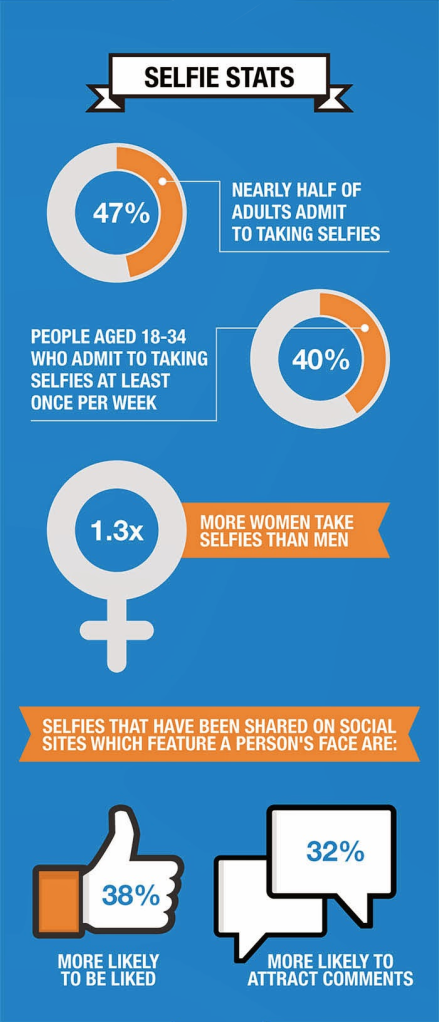
(source unknown)
You can make a home on the Internet and be seen there, but you cannot arrive there. Home on the Internet can only be a point of departure.
I found this quote in a meandering essay on yearning at ribbonfarm.com, a blog by Venkat dedicated to ‘refactored perception.’ (Read more than you ever wanted to know about that here.) Venkat is a voracious reader, thinker and polymath, cross-pollinating the worlds of business, information science, literature and history.
What I found fascinating was his validation of the online world. He doesn’t dismiss it as a flickering, twittering distraction but sees it as a genuine realm of existence:
 When you first explore the online world, with your feet firmly planted offline, it can seem ephemeral and insubstantial. But once you tentatively and gingerly plant your feet online, it is the offline world that starts to seem ephemeral and insubstantial. The world of offline-first people (or worse, offline-only) seems like a world of people living lives without real views.
When you first explore the online world, with your feet firmly planted offline, it can seem ephemeral and insubstantial. But once you tentatively and gingerly plant your feet online, it is the offline world that starts to seem ephemeral and insubstantial. The world of offline-first people (or worse, offline-only) seems like a world of people living lives without real views.
Where there was once was a simpler form of media-blindness – folks who didn’t read the news, or visit the library, for instance, now there is a vast ocean of evolving media conversations to parse. AND participate in.
Because home is not the locus where you live your life, but the locus from which you make sense of it. Home is a place that supplies a stable perspective on the world and your place within it. Home is a place from which you can properly experience a life with a view, without censorship, without having to make up narratives about the superiority of your little local world.
So amid this pulsing, flickering universe of conversations, we can behold the universe and find our threads within it. The universe of the imagination has become more of a shared realm. What we once accomplished through books, we can now pursue in tweets, posts, images, articles, ebooks, videos, comments, message boards, and the many clever means of sharing the internet offers us.
This may all sound a bit over the top, but fly with me for a moment here. We have the Library of Alexandria at our fingertips. A Facebook image I saw the other day put it this way:
If someone from the 1950s appeared today, what would be the hardest thing to explain?
“I possess, in my pocket, a device capable of accessing the entirety of man’s knowledge. I use it to take pictures of cats and get into arguments with strangers.”
If we value the life of the mind that we have built from our education, from our reading life, from the culture of readers, writers and thinkers who have come before us, why wouldn’t we want to explore, share, and contribute in these fields of knowledge?
We can all do some amazing work with the tools we have in hand, while we create the next wave of even more miraculous ones.





 When you first explore the online world, with your feet firmly planted offline, it can seem ephemeral and insubstantial. But once you tentatively and gingerly plant your feet online, it is the offline world that starts to seem ephemeral and insubstantial. The world of offline-first people (or worse, offline-only) seems like a world of people living lives without real views.
When you first explore the online world, with your feet firmly planted offline, it can seem ephemeral and insubstantial. But once you tentatively and gingerly plant your feet online, it is the offline world that starts to seem ephemeral and insubstantial. The world of offline-first people (or worse, offline-only) seems like a world of people living lives without real views.